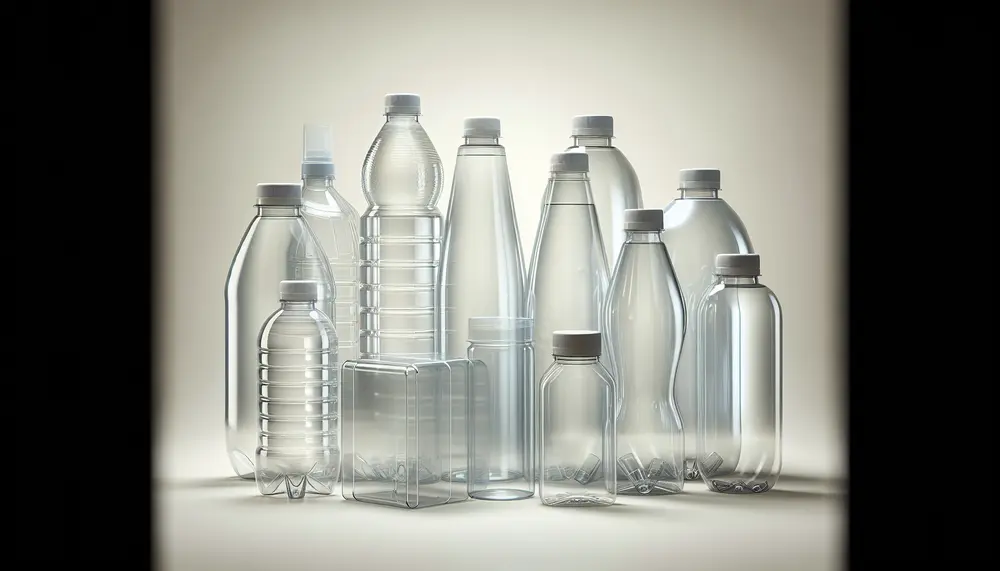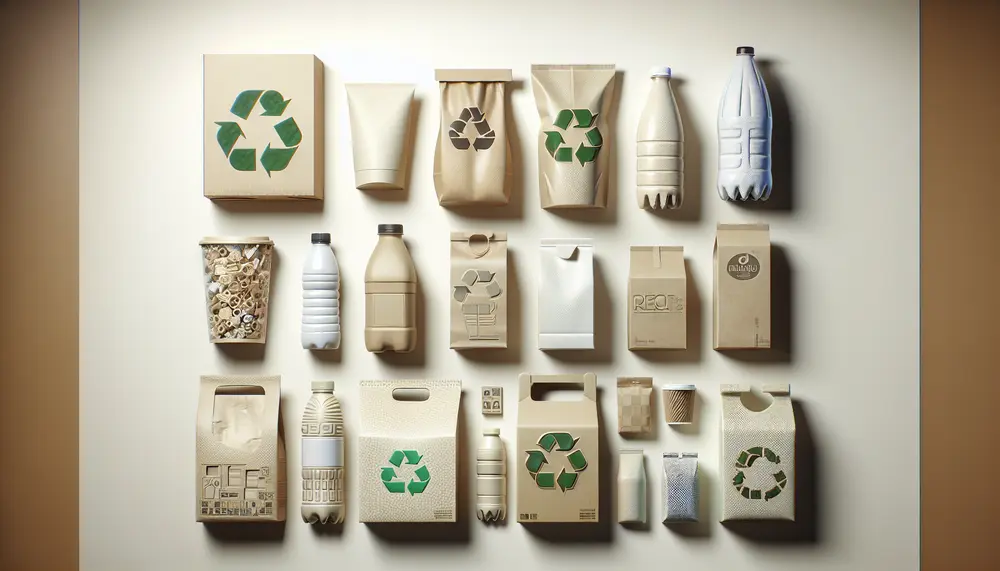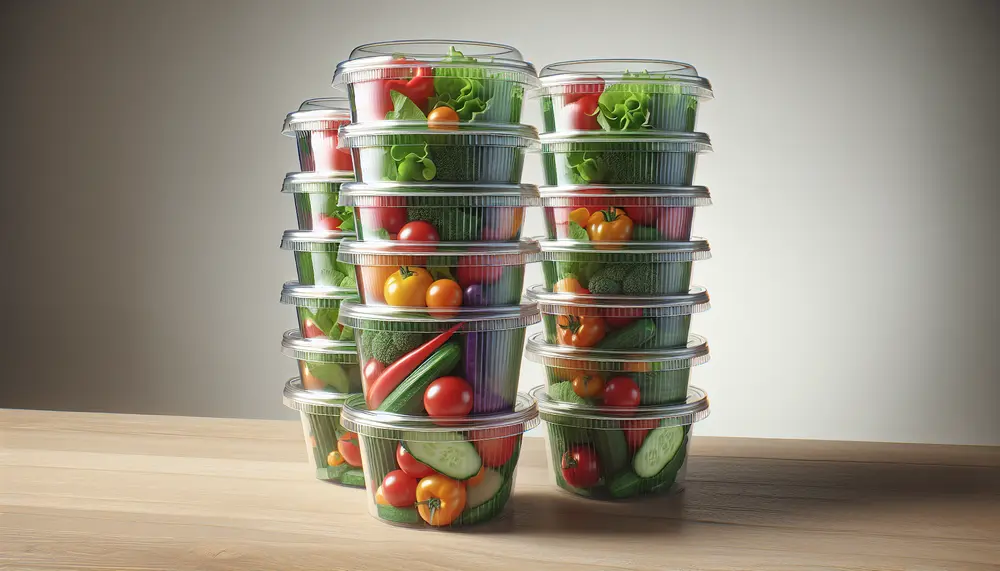Posts on the Topic Rpet

RPET packaging, made entirely from recycled plastic bottles and containers, offers a sustainable alternative with reduced carbon footprint and energy usage compared to virgin plastics. It supports continuous recycling in a closed-loop system, encouraging eco-friendly practices among consumers and industries...

The introduction discusses the shift towards sustainable packaging with 100% RPET delicatessen cups, highlighting their role in reducing waste and conserving resources without compromising quality. The article explores how these eco-friendly containers support a circular economy by being recyclable and...

RPET stands for recycled polyethylene terephthalate, a sustainable packaging material made from recycling used PET plastics. It reduces reliance on virgin plastic and conserves resources while maintaining quality through multiple life cycles. The journey of RPET bottles involves collection, sorting, cleaning,...

RPET (Recycled Polyethylene Terephthalate) is an eco-friendly packaging material made from recycled PET products, reducing landfill waste, energy consumption, and greenhouse gas emissions. Its adoption supports a circular economy by minimizing resource use and promoting recycling, but faces challenges like...


